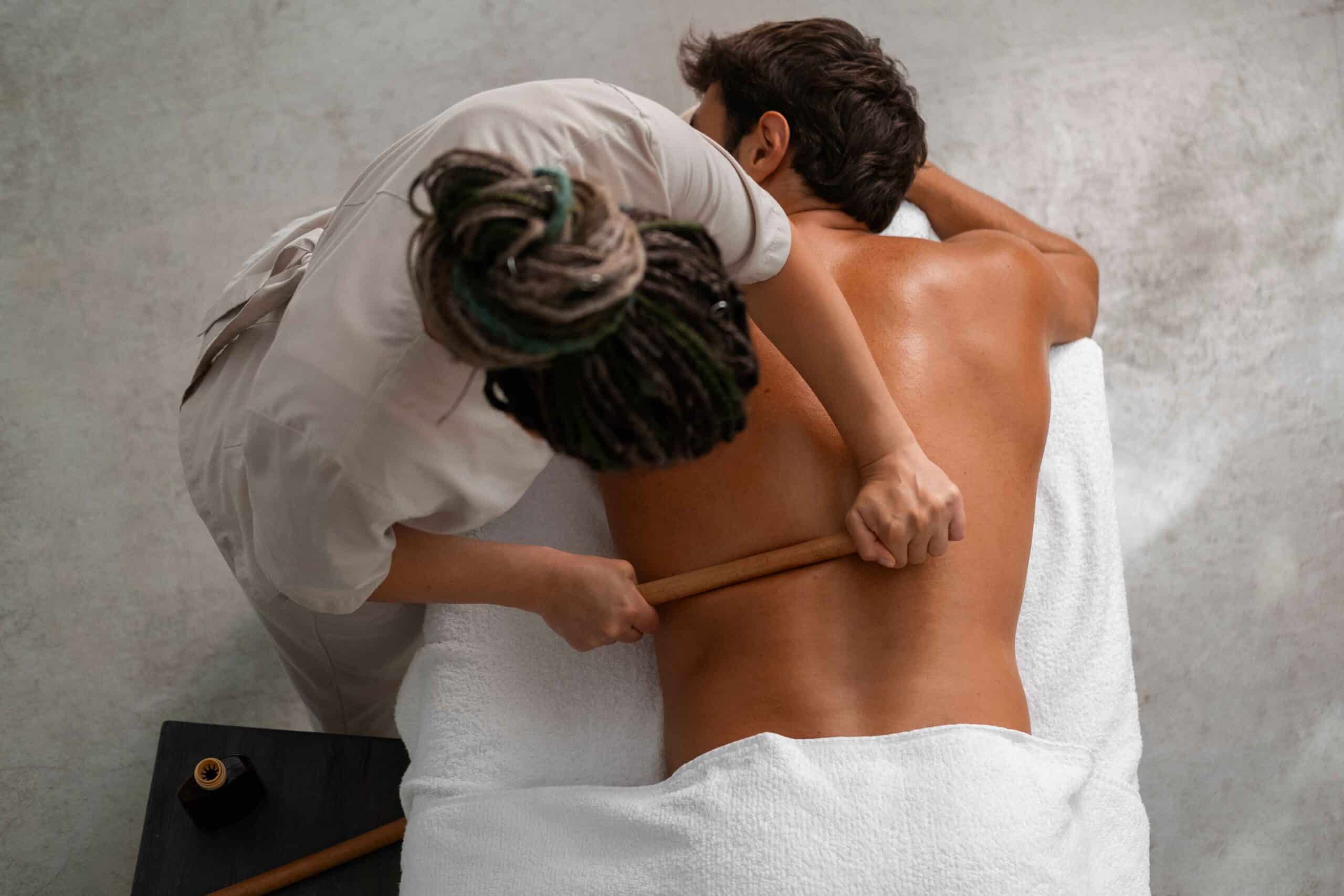How to Massage Lower Back Pain
If you're seeking effective ways to ease lower back pain, this guide covers key tips and techniques. Finding relief often begins with a quiet, comfortable space where you can relax and focus on healing. Whether you are consulting a therapist or trying self-massage, proper preparation, hydration, and consistent care can significantly enhance results. Using targeted techniques like gentle pressure, circular motions, and muscle kneading, combined with stretches, can help alleviate tension and promote flexibility. After the session, adopting post-massage care practices ensures lasting benefits. Discover how top-rated massage therapy methods can help you manage and alleviate lower back pain effectively.

Benefits of Lower Back Massage
Lower back massage offers numerous benefits, including pain relief, improved flexibility, and enhanced relaxation. Chronic or acute lower back pain can hinder daily activities and impact overall well-being. Through targeted techniques, a skilled massage therapist can relieve tension, improve blood flow, and reduce inflammation in the affected area. This often results in reduced pain levels and improved mobility.
Another advantage is the enhancement of flexibility. Loosening tight muscles around the lower back improves posture and reduces the likelihood of future injuries. Additionally, the relaxation brought on by a massage alleviates physical discomfort. It reduces stress and anxiety, promoting a sense of calm and overall wellness.
Preparing for the Massage
Preparation is key to maximizing the benefits of your lower back massage session. Start by selecting a peaceful environment where you can fully relax. Take a few minutes to focus on your breathing and gently stretch to warm up the lower back muscles, enhancing circulation and reducing stiffness.
Communicate clearly with your therapist about specific pain points or areas of concern. This ensures the massage is tailored to your unique needs. Staying hydrated before and after the session is crucial, as it helps your body flush out toxins and supports muscle recovery.
Techniques for Lower Back Massage
Effective massage techniques for lower back pain involve a combination of gentle pressure, rhythmic motions, and stretches. Start by applying light pressure along the muscles adjacent to the spine using your thumbs or palms. Use circular movements to warm up the area and gradually increase pressure, focusing on knots or areas of tension.
Kneading the muscles with your fingers or knuckles can improve circulation and release built-up stress. Long, gliding strokes help soothe stiff muscles, while gentle stretching further loosens tight areas. When applied thoughtfully, these techniques can reduce pain and enhance flexibility, making you feel more comfortable and mobile.
Self-Massage Tips
Self-massage can be an effective tool for those managing lower back pain on their own. Begin with light pressure, using your fingertips or palms to target areas of discomfort. Gradually increase the intensity as needed, and use circular motions to release tension and improve blood flow.
Incorporate stretches before and after your self-massage to enhance flexibility and prevent stiffness. Ensure proper posture while massaging, whether sitting or lying down, to avoid straining other muscles. Regular self-massage, stretching, and proper hydration can be a proactive approach to managing lower back discomfort.
Post-Massage Care
Taking care of your body after a massage is vital for maintaining its benefits and preventing further discomfort. Hydration is key—drink plenty of water to help flush out toxins released during the massage and to prevent muscle soreness. Gentle stretching can extend the effects of the massage by keeping muscles flexible.
Avoid strenuous activities immediately after the session to give your body time to recover. Applying a warm compress to the massaged area can provide additional relief and help relax the muscles. For long-term management of lower back pain, consider scheduling regular massage sessions and incorporating stretches and exercises into your daily routine. Consistent care is the foundation for lasting relief.
Other related articles:
The post How to Massage Lower Back Pain appeared first on Body Balance Massage and Float.
Article Source : bbmassageandfloat.com/how-t...